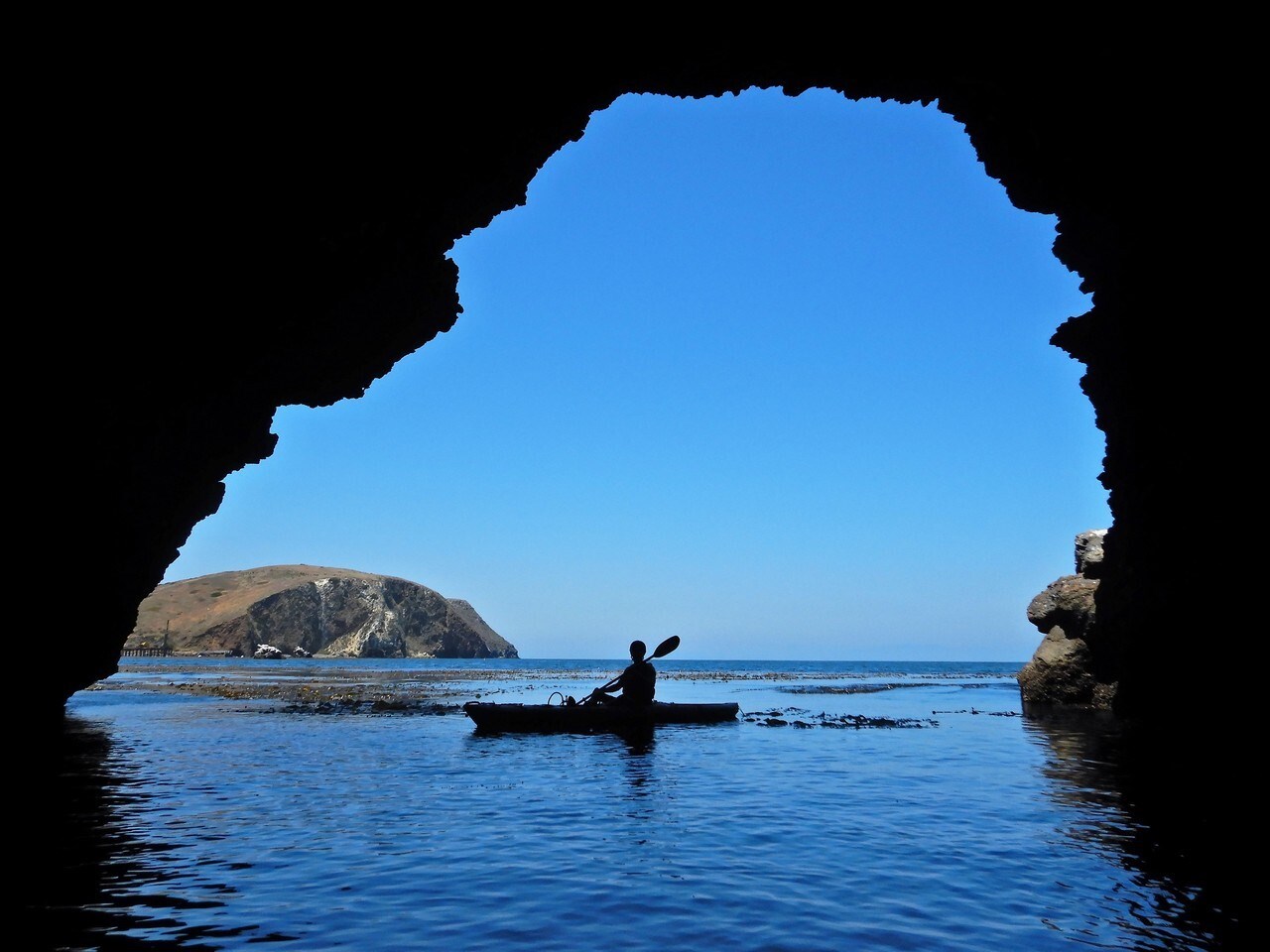
NPS Photo by Hidekatsu Kajitani. IntroductionSea caves or littoral caves are formed primarily from erosion caused by waves. They can be formed along the ocean coast and lakeshores where water impacts bedrock. Most sea caves are formed along weaknesses in the rock, such as faults, fractures, or bedding/foliation planes and can occur in nearly every type of rock. Sea Cave Development
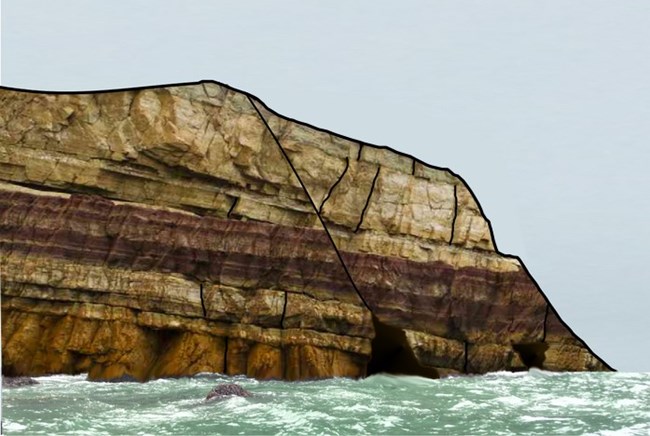
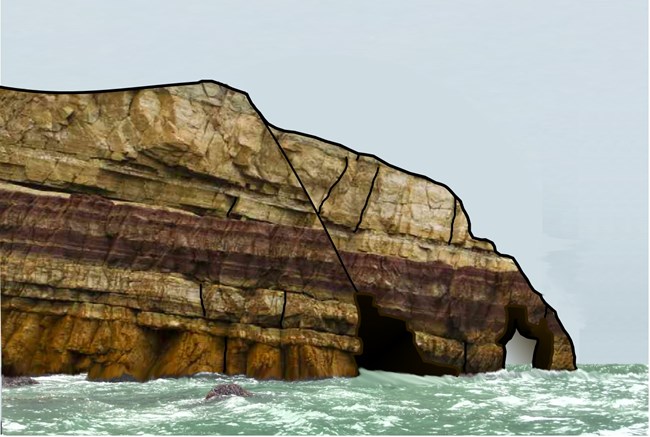
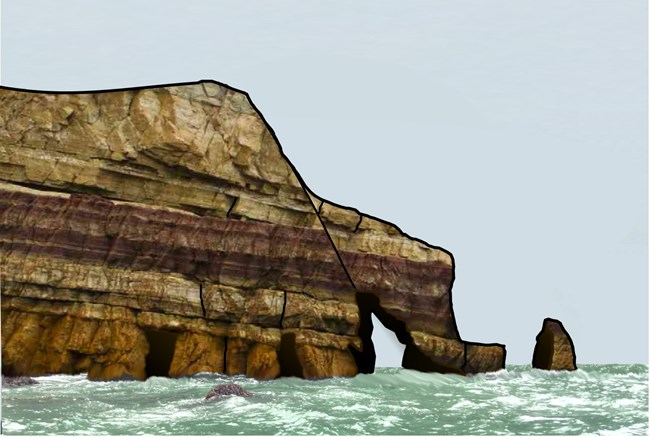
4 Illustrations above by Paul Burger, NPS. 
NPS image. Coastal Erosional FeaturesAs erosion progresses, the cave can become open at both ends to form a natural bridge or arch. When the arch roof collapses, it leaves behind a sea stack, no longer connected to the mainland above mean high tide. Caves and arches will continue to form as waves erode more of the bedrock. 
NPS illustration by Trista L. Thornberry-Ehrlich (Colorado State University). 
NPS photo (March 05, 2021). HabitatsSea caves can be important habitat to many types of animals. Sea Lions use caves as haulouts that provide shelter and protection from predators. Many marine fish and invertebrates also use the dim, dark, environment for shelter. 
NPS Photo by Paul Burger. 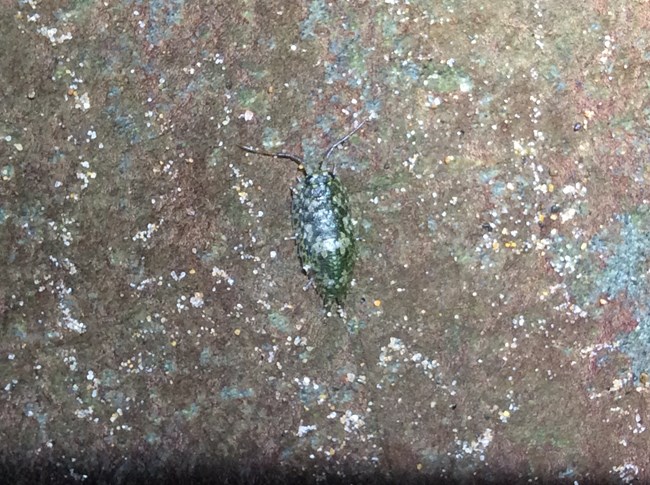
NPS Photo by Paul Burger. InvertebratesThe unique environment of sea caves provides home to several invertebrate species including crickets, spiders, and marine invertebrates, including an undescribed troglobitic isopod known to occur in only two caves in the Golden Gate National Recreational Area (Elliot et al. 2017). Cultural ResourcesHumans, modern and ancient have made use of sea caves for shelters and other purposes. Objects such as rafts, wooden kayaks, and other items have been found cached in caves. Most of these caches have been found in caves now well above sea level due to the retreat of glaciers. Petroglyphs, and pictographs suggest some sea caves may have been used as temporary shelters or hiding places, and possibly ceremonial sites. 
NPS photo. 
Photo courtesy of Gary Stark, The Cliff House Project. Learn More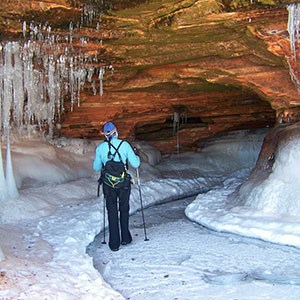
NPS Photo by Neil Howk. Featured Stories
Photos and MultimediaFind Your Park—Sea/Littoral CavesThe following is a partial list of National Park Service units that include sea or littoral caves:
Other Cave TypesKarst Landscapes | Solution Caves | Lava Caves or Tubes | Sea or Litttoral Caves | Talus Caves | Ice Caves | Glacier Ice Caves Related Links |
Last updated: April 27, 2022
